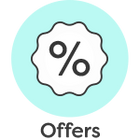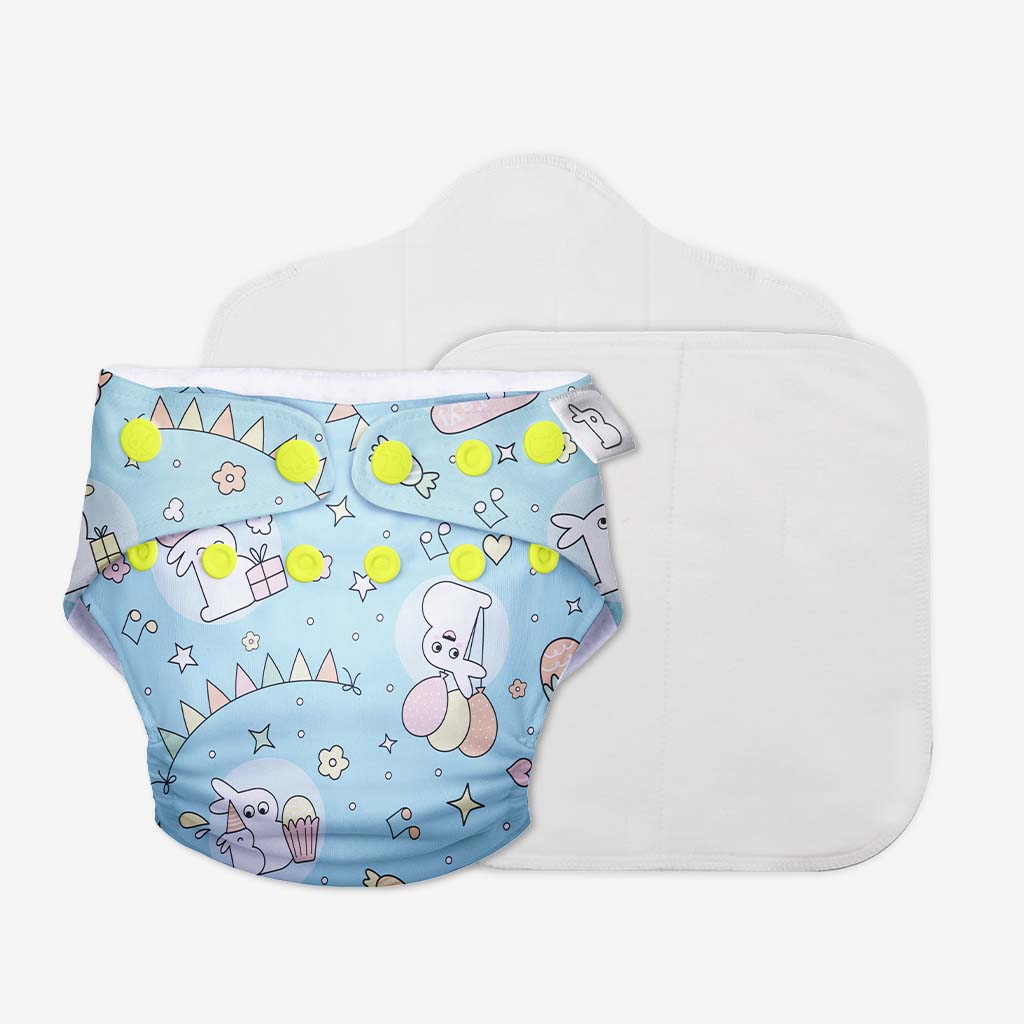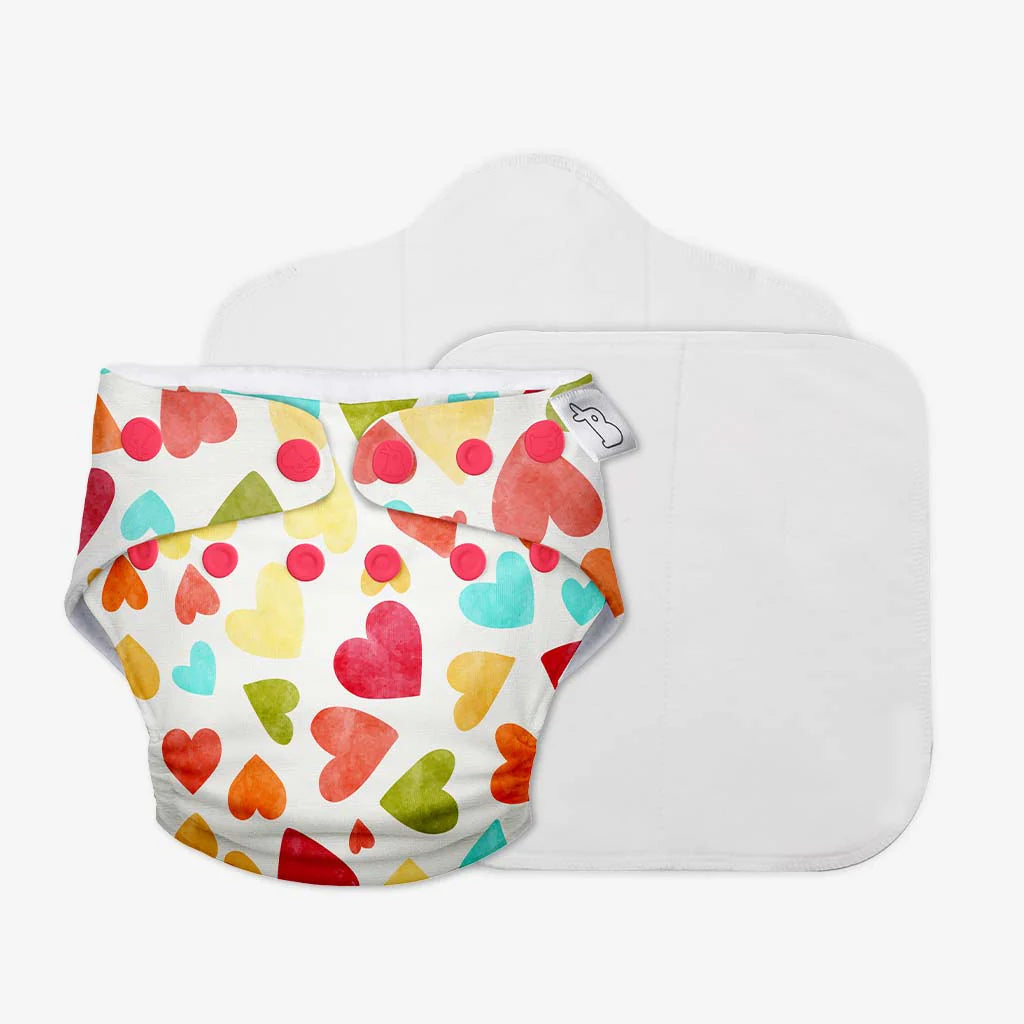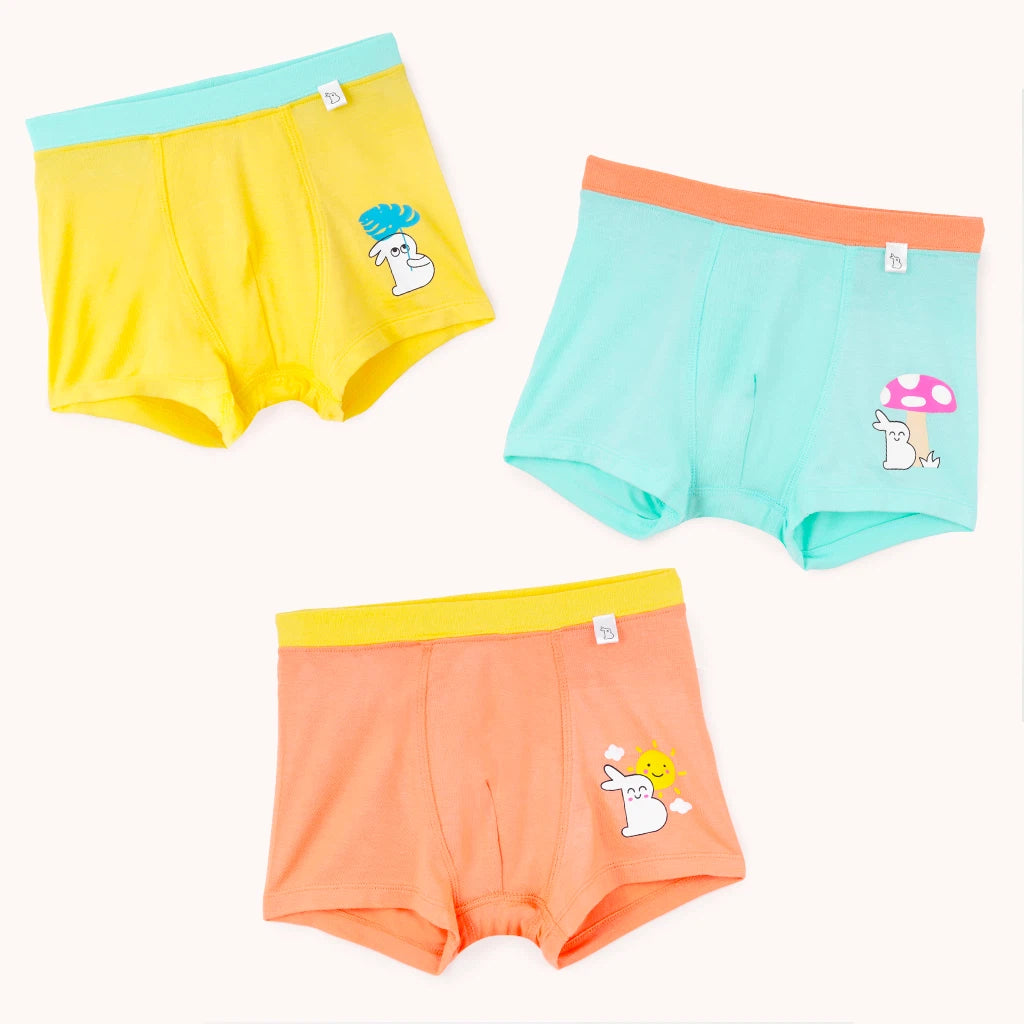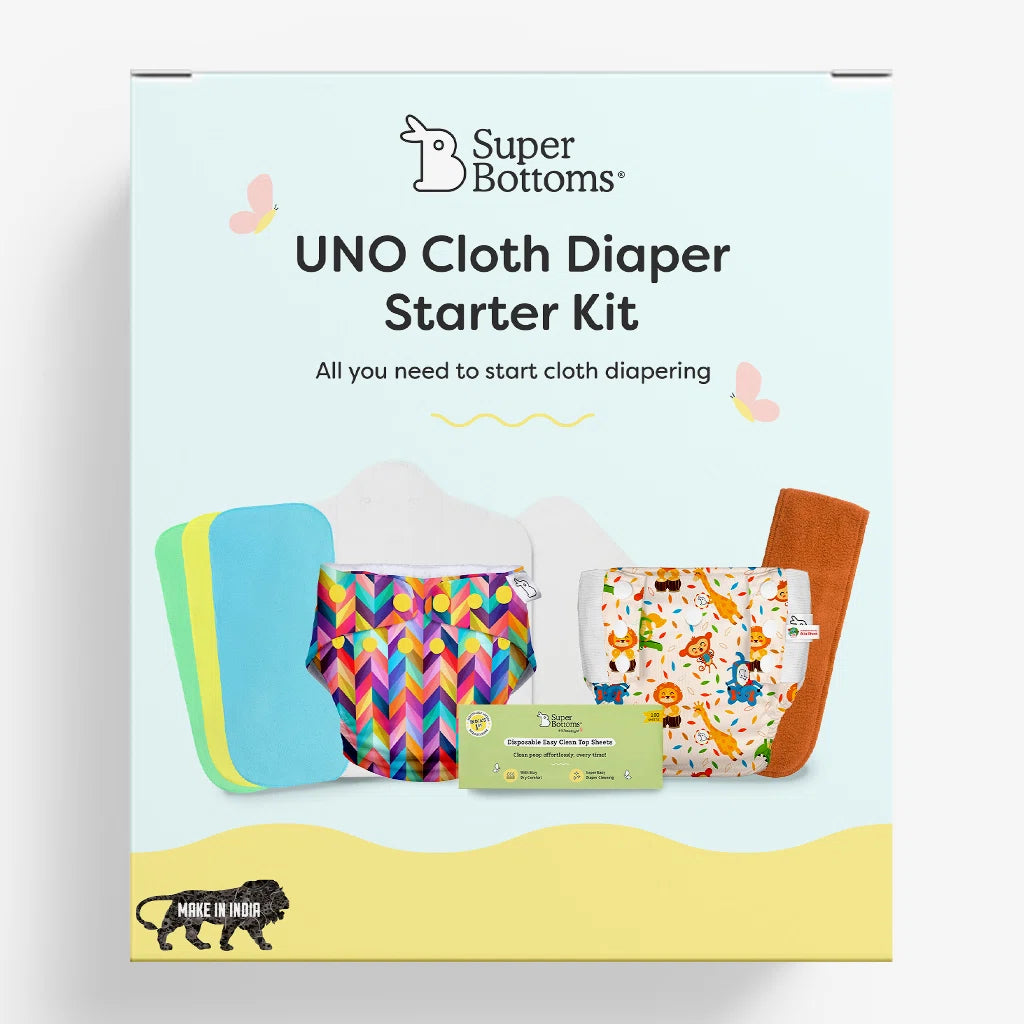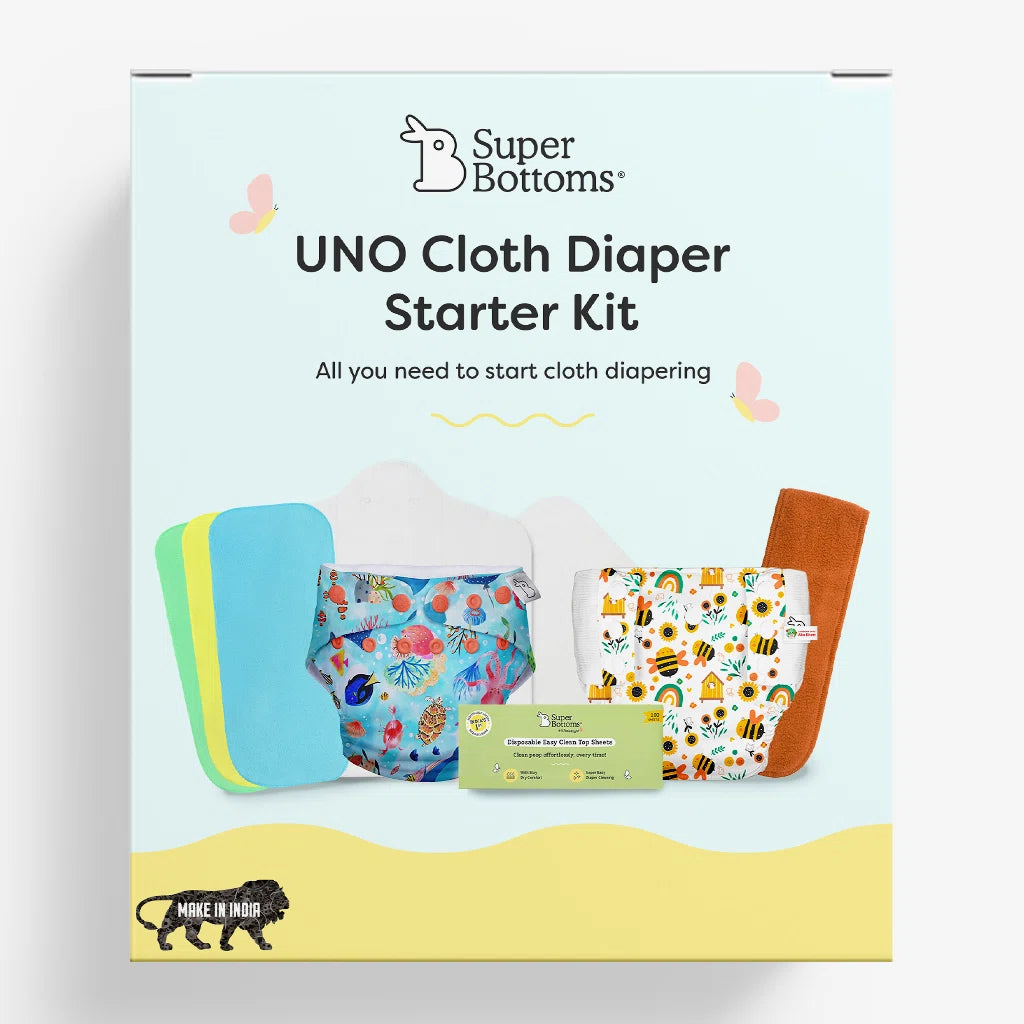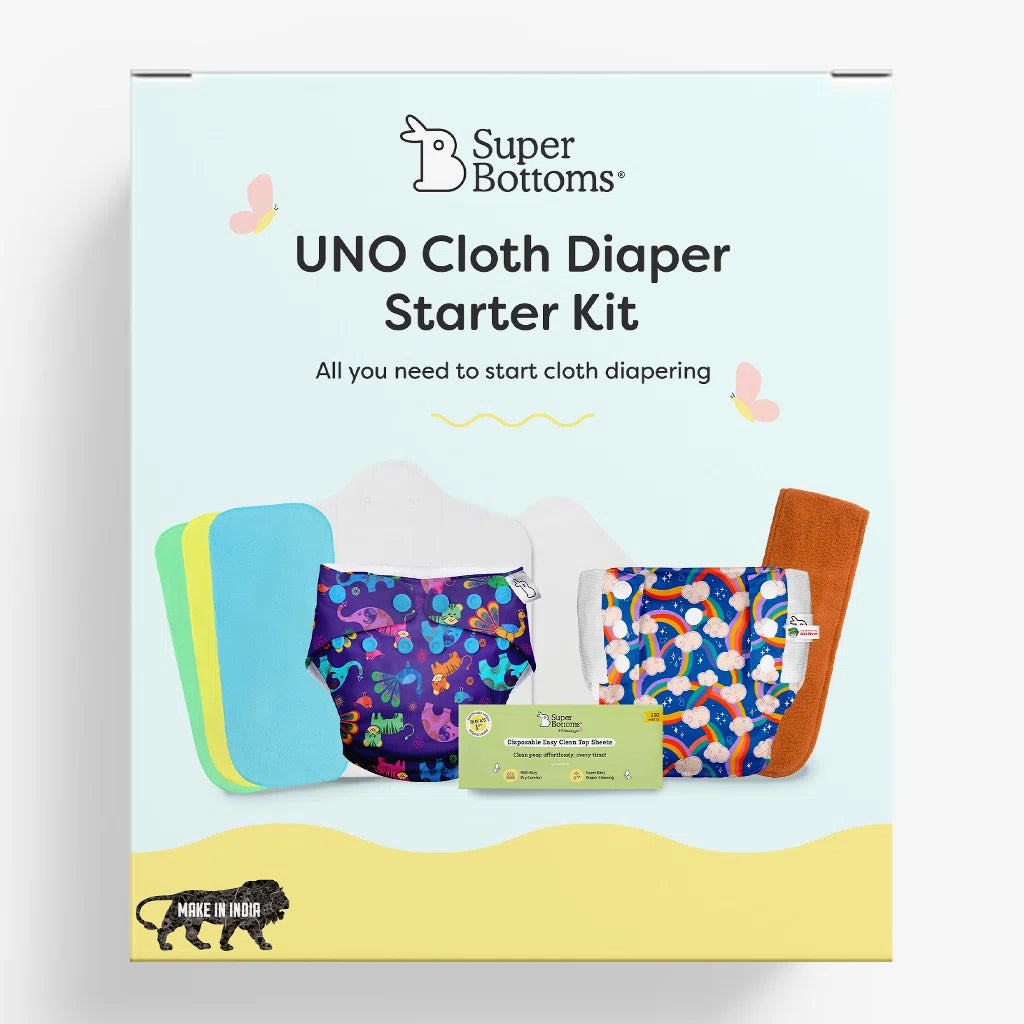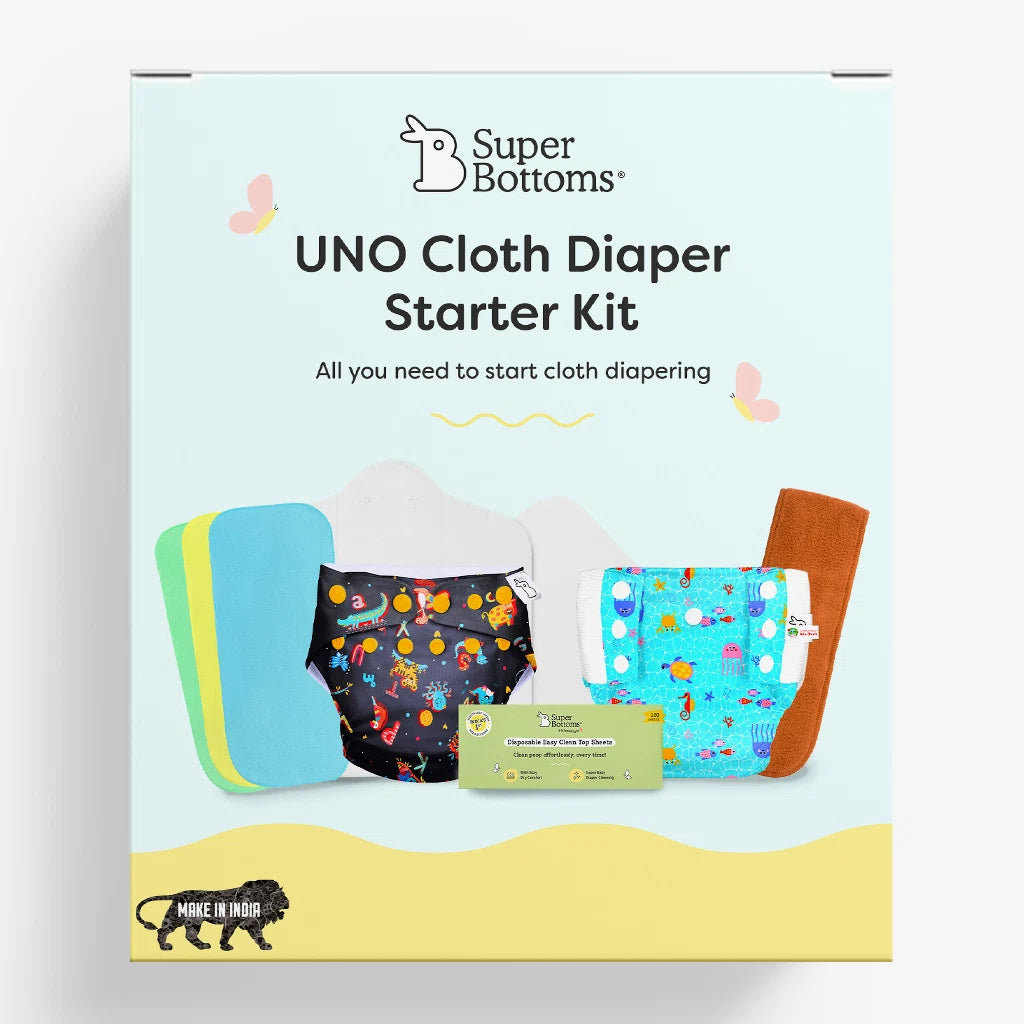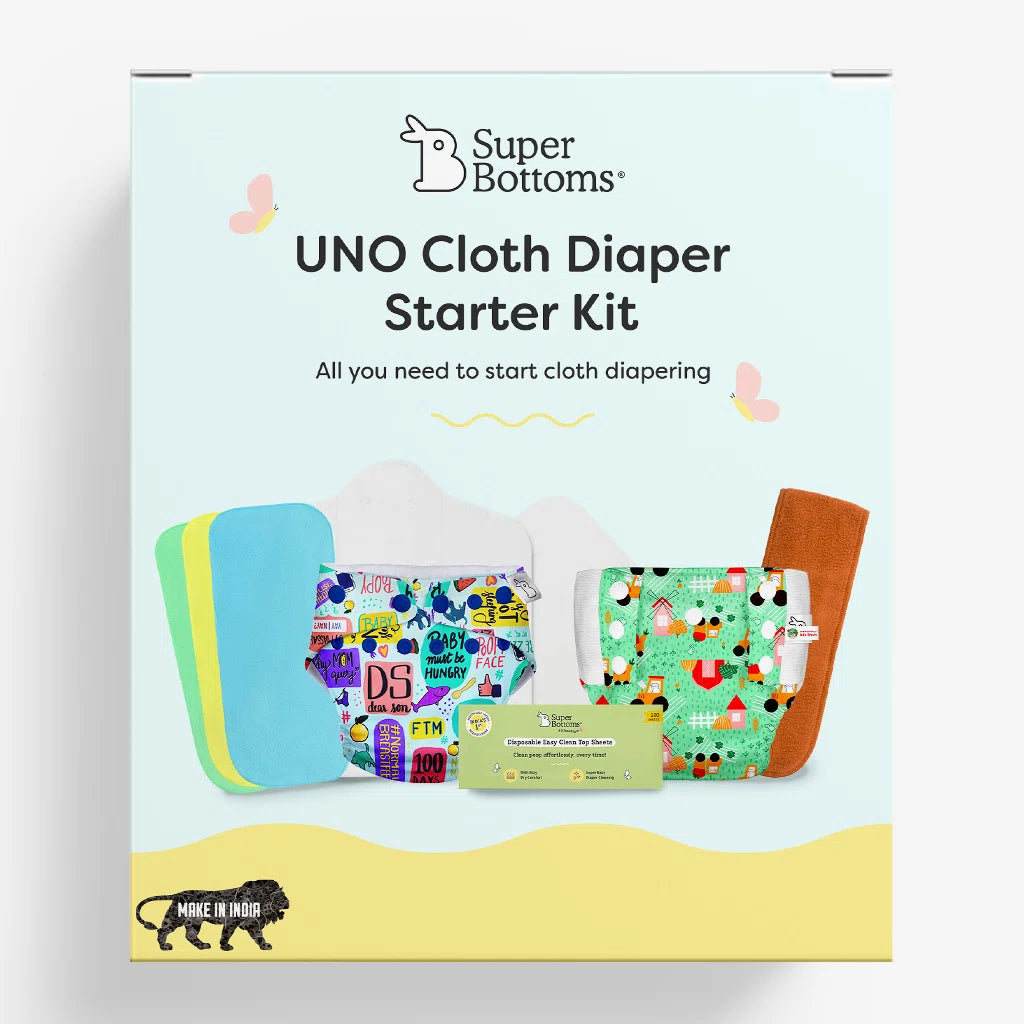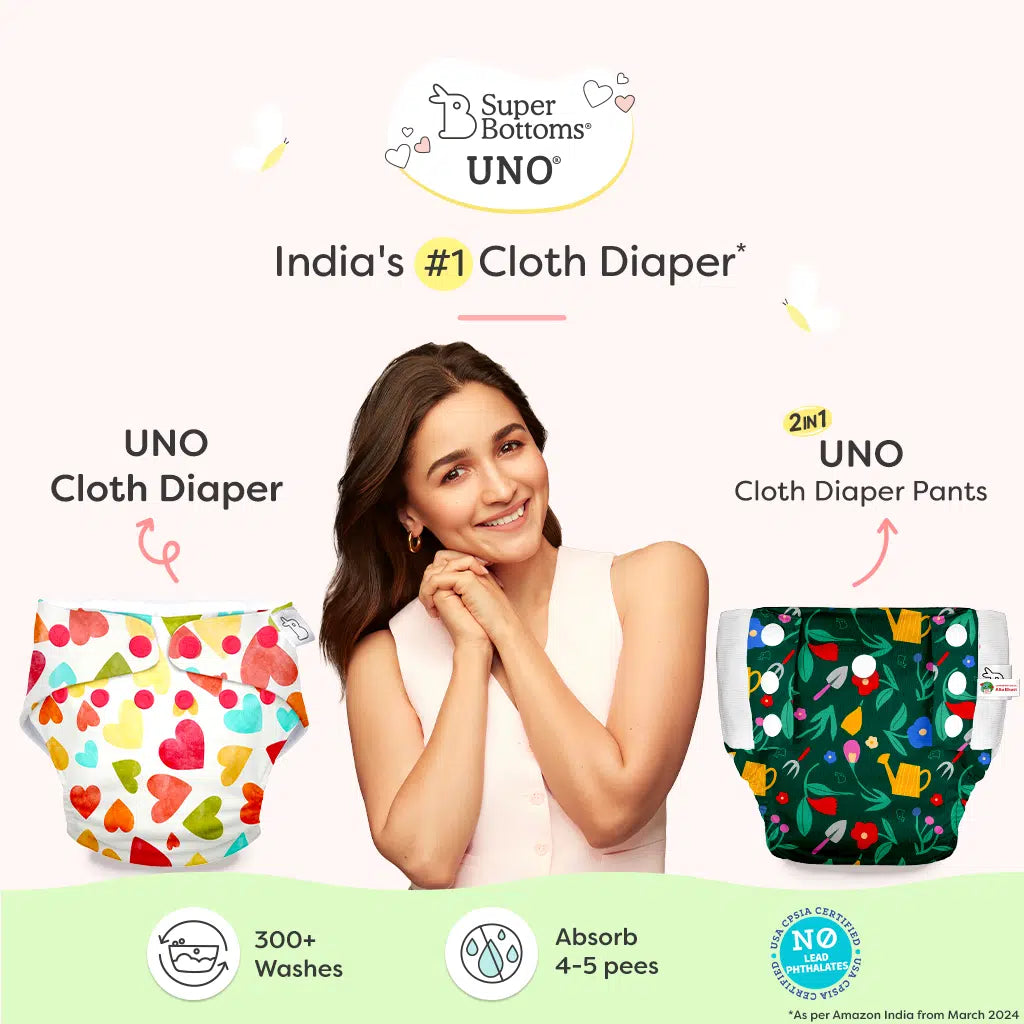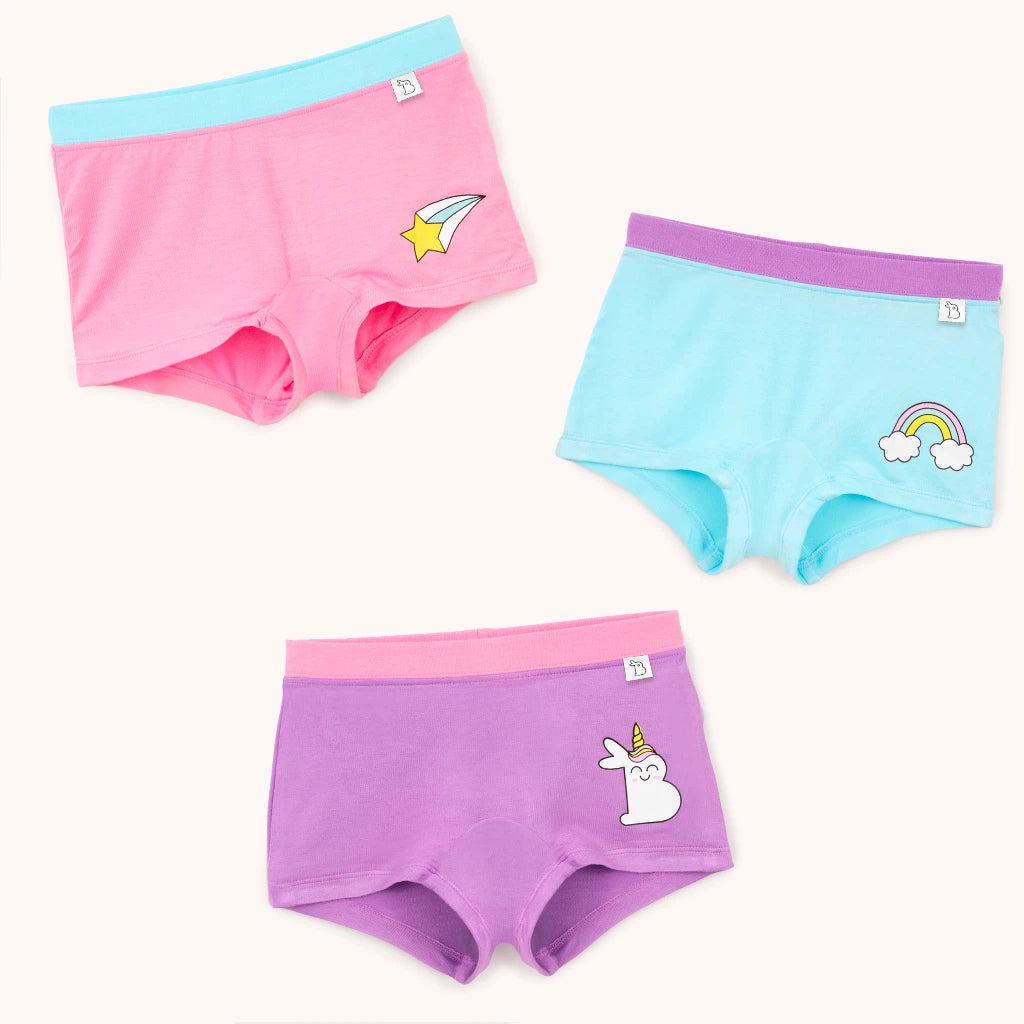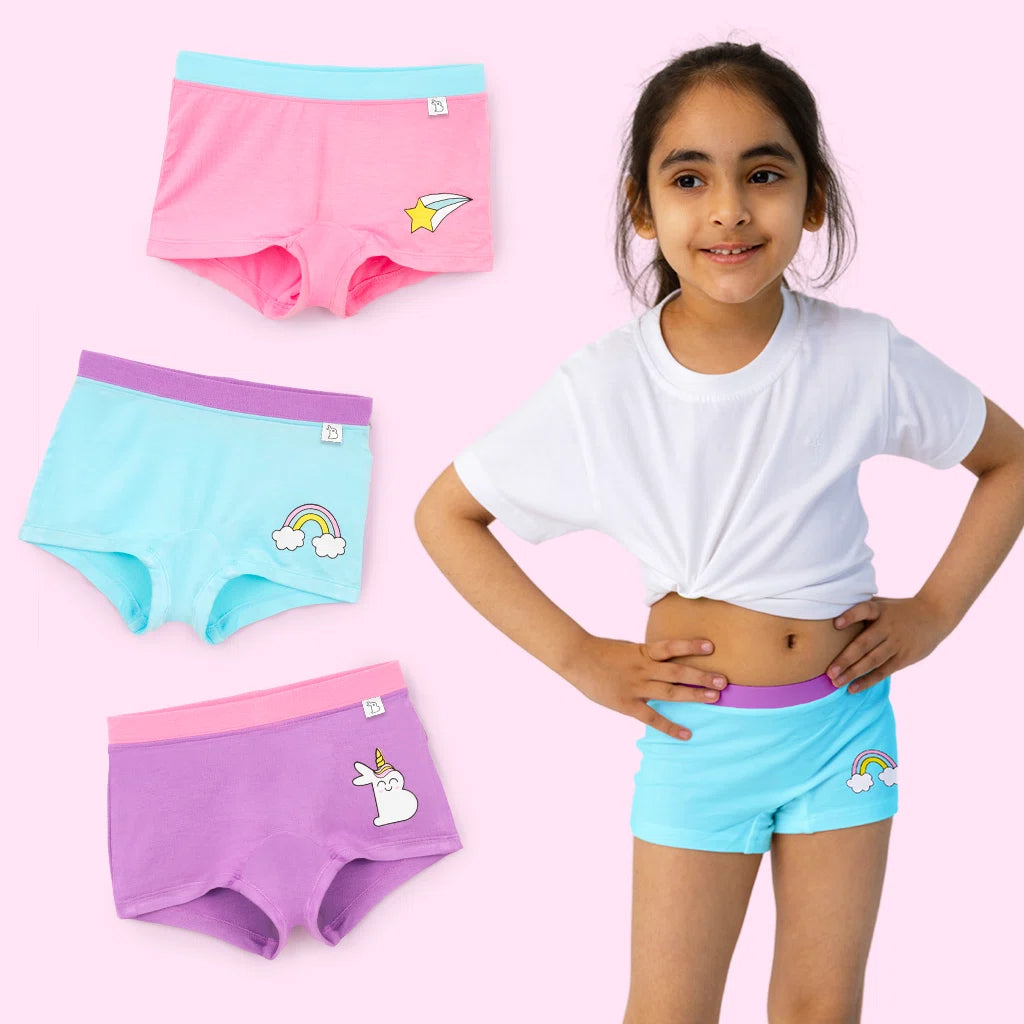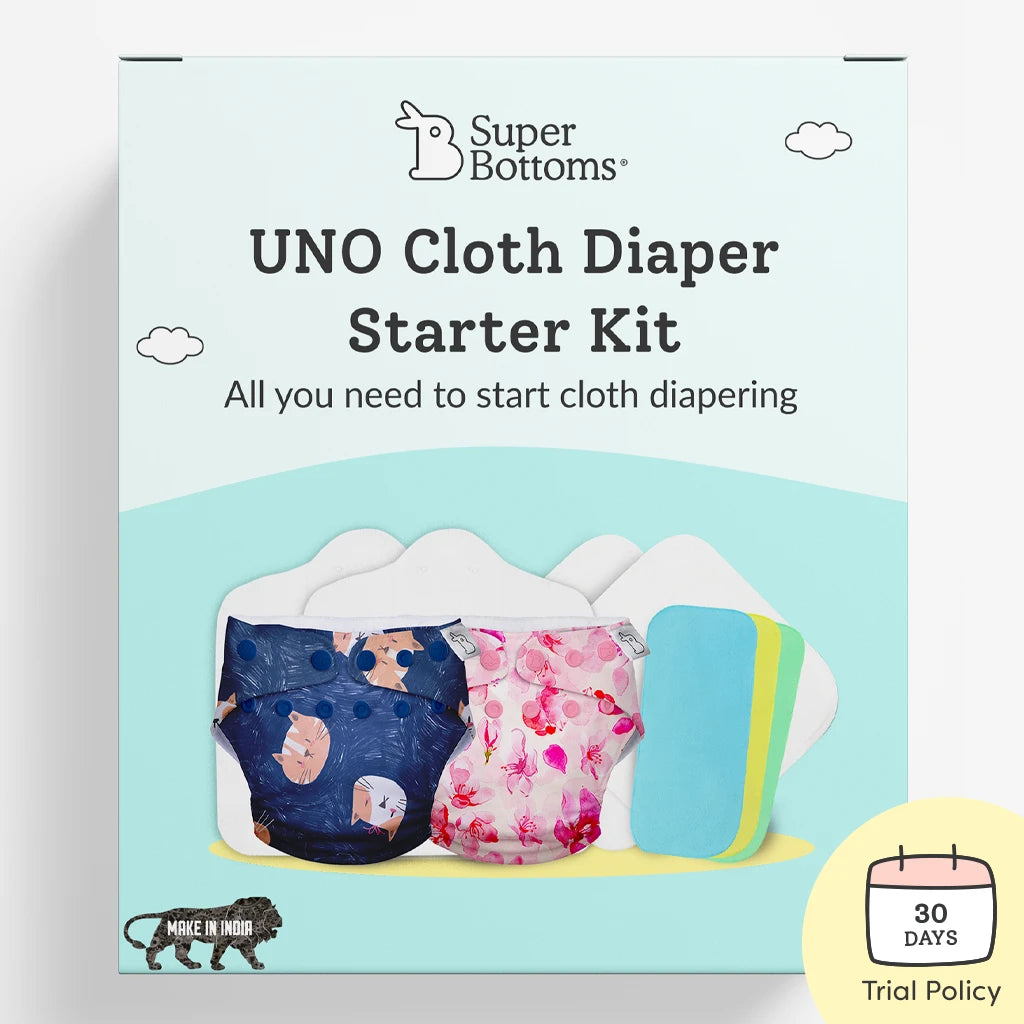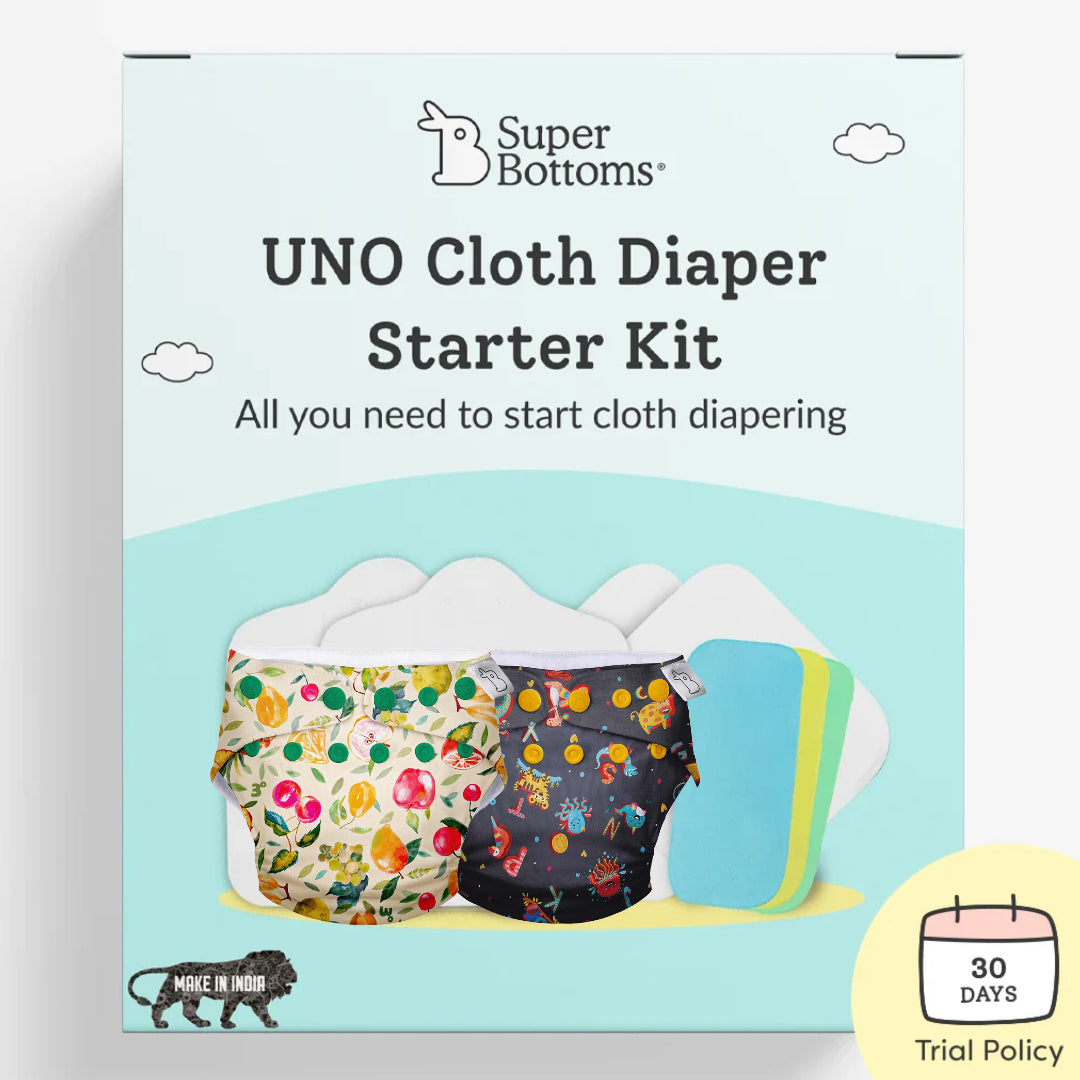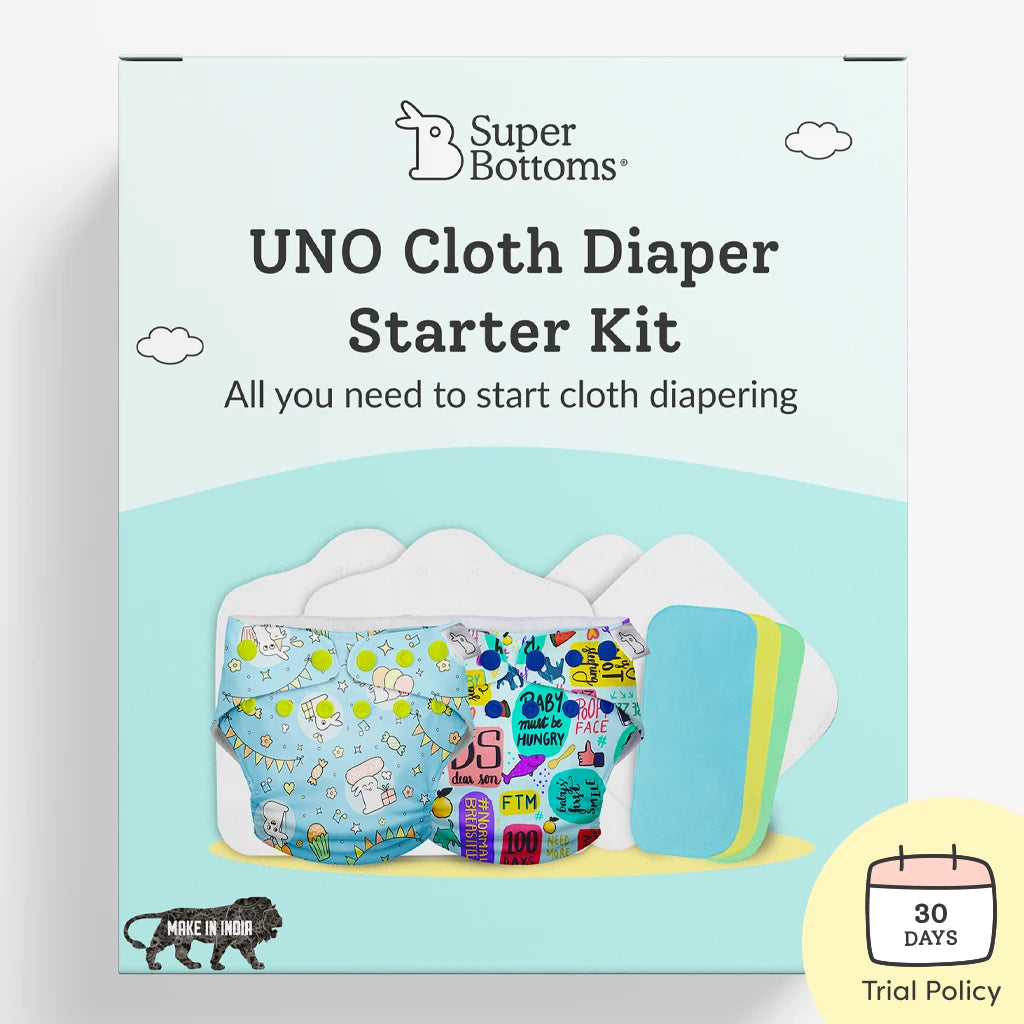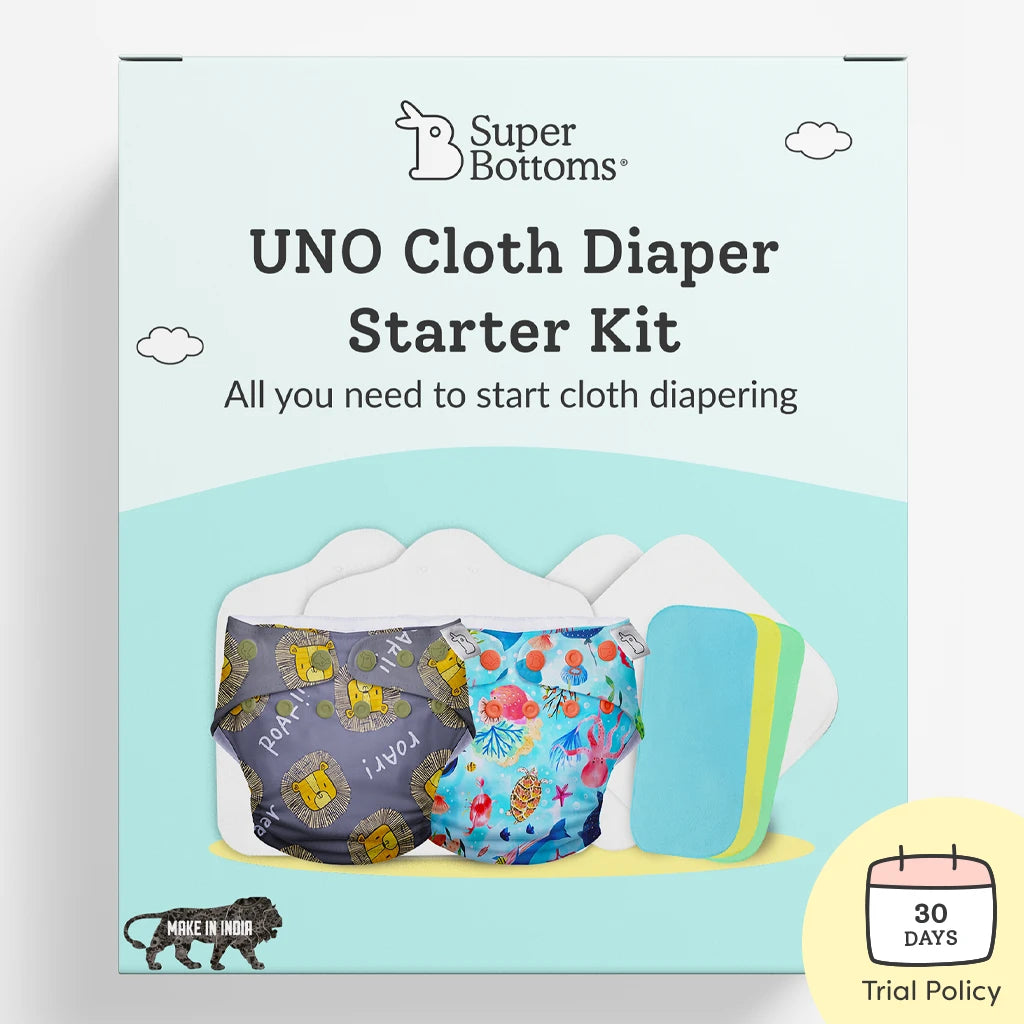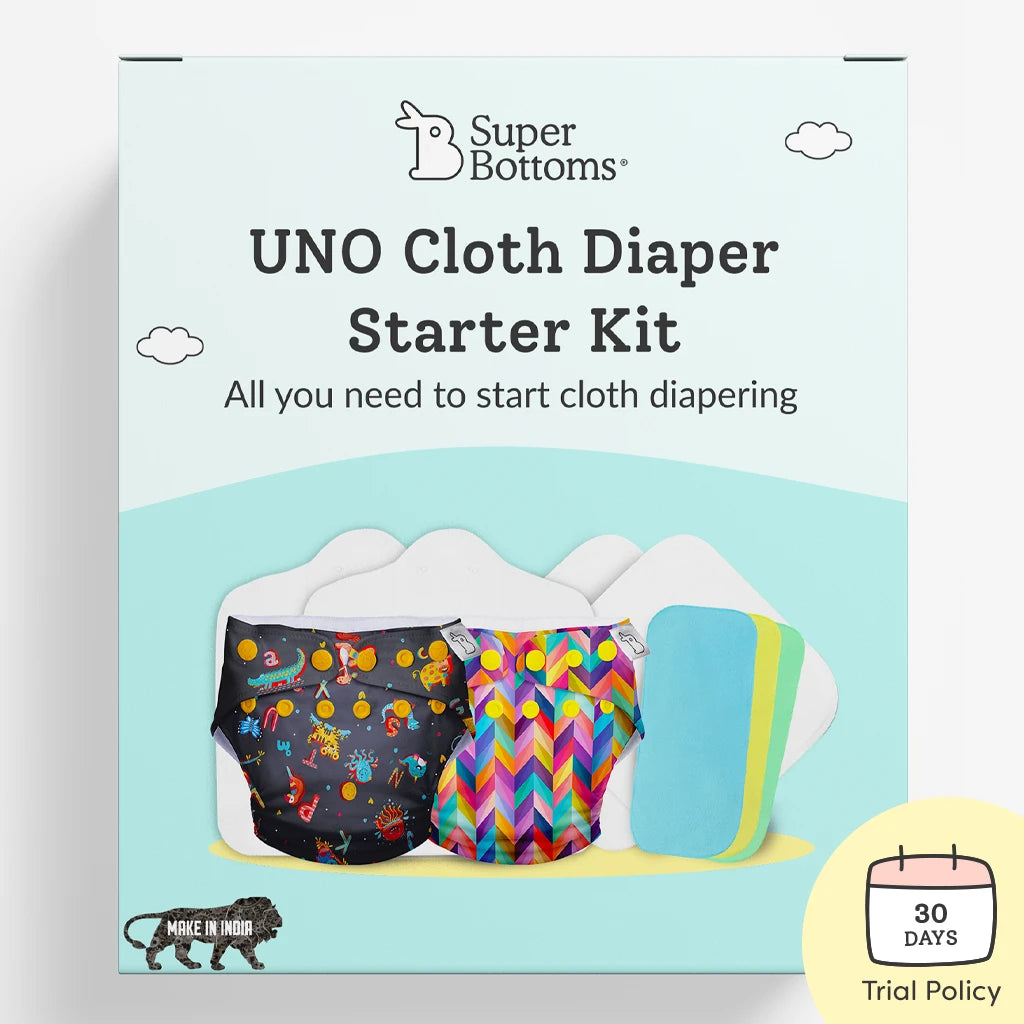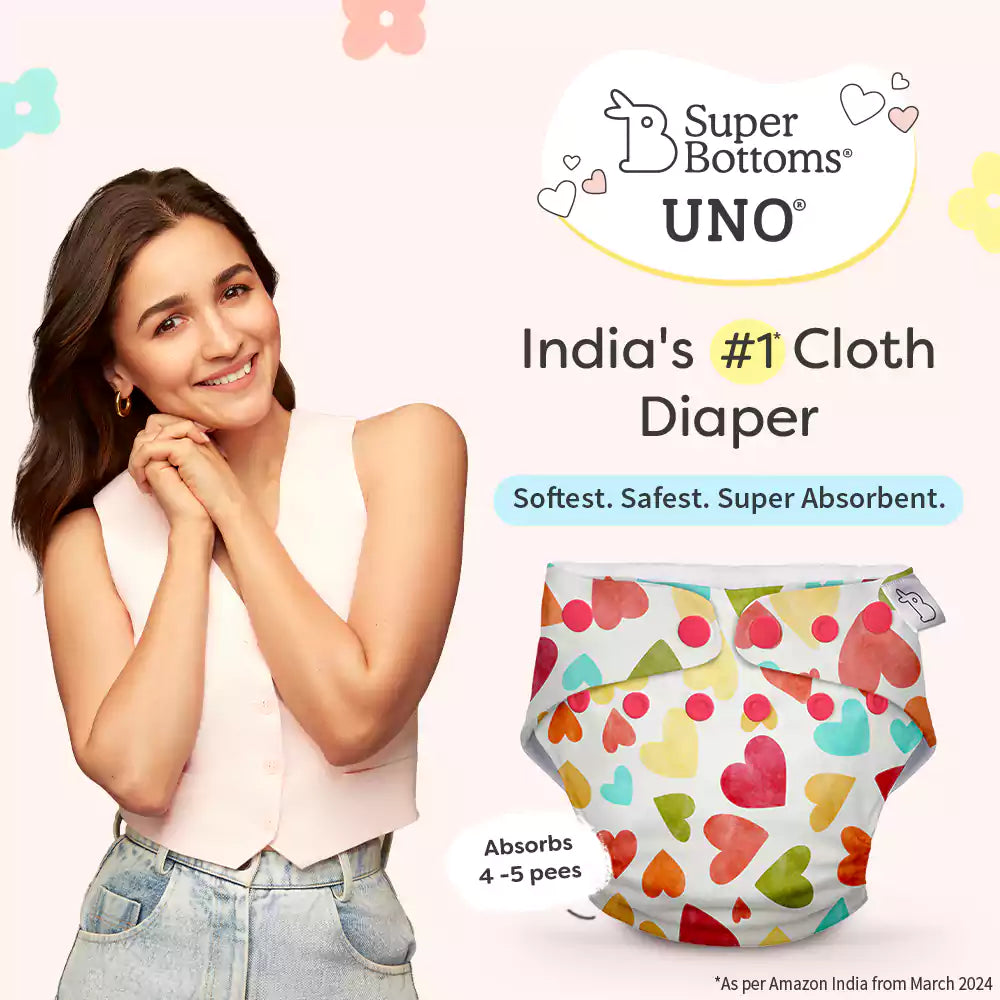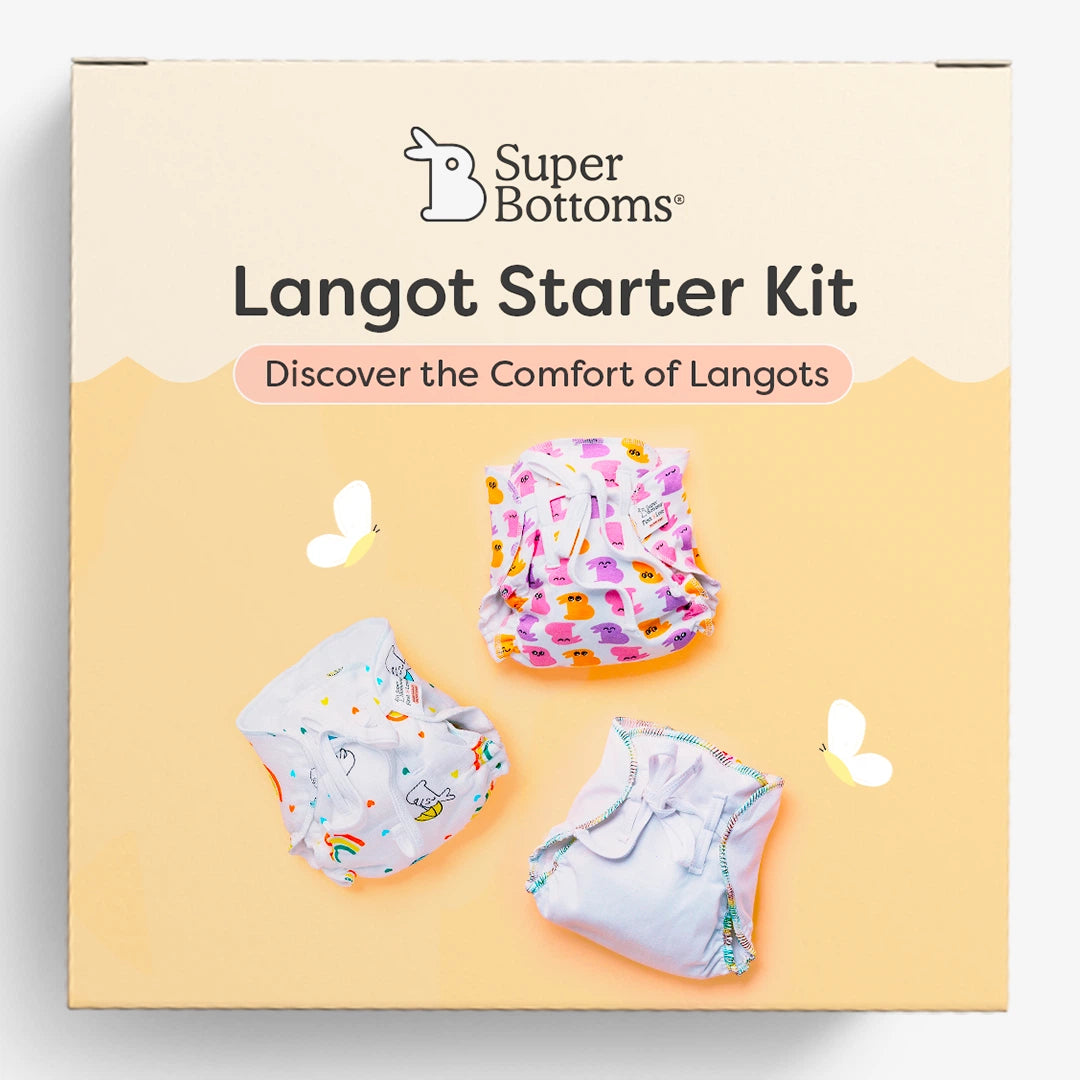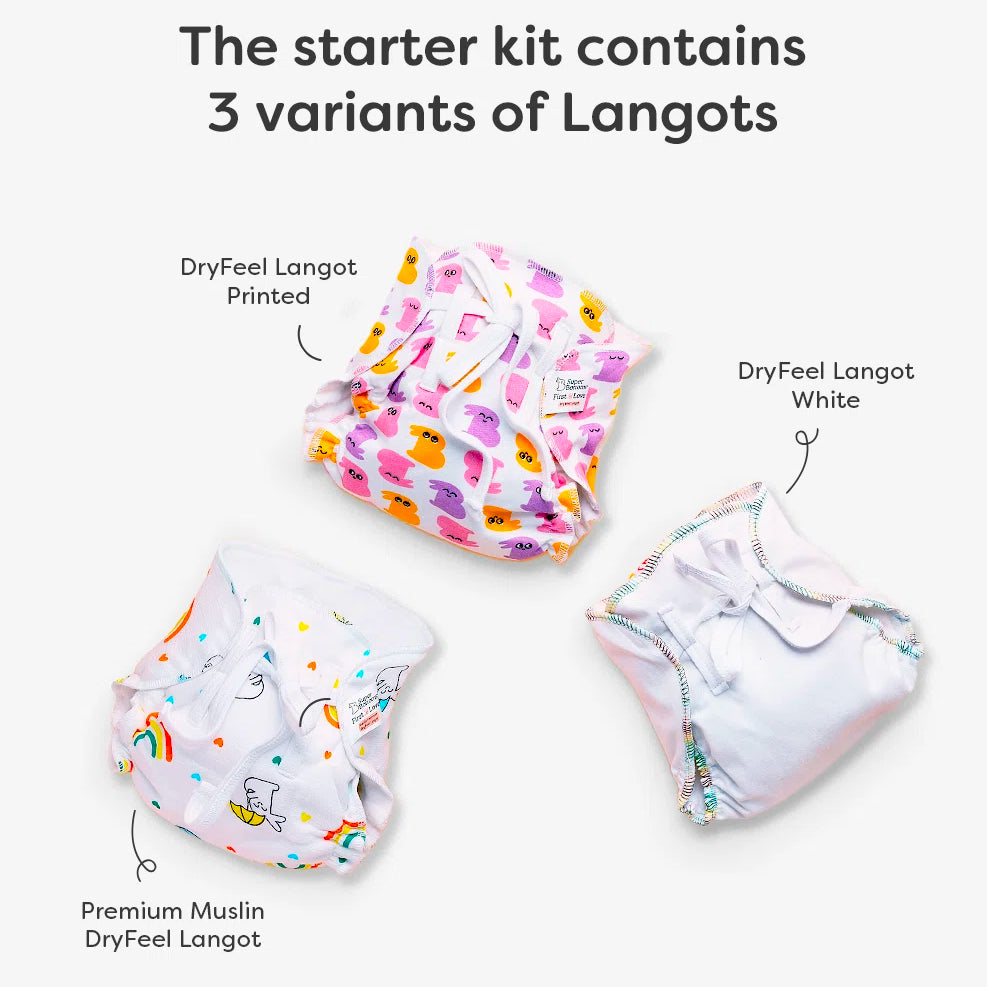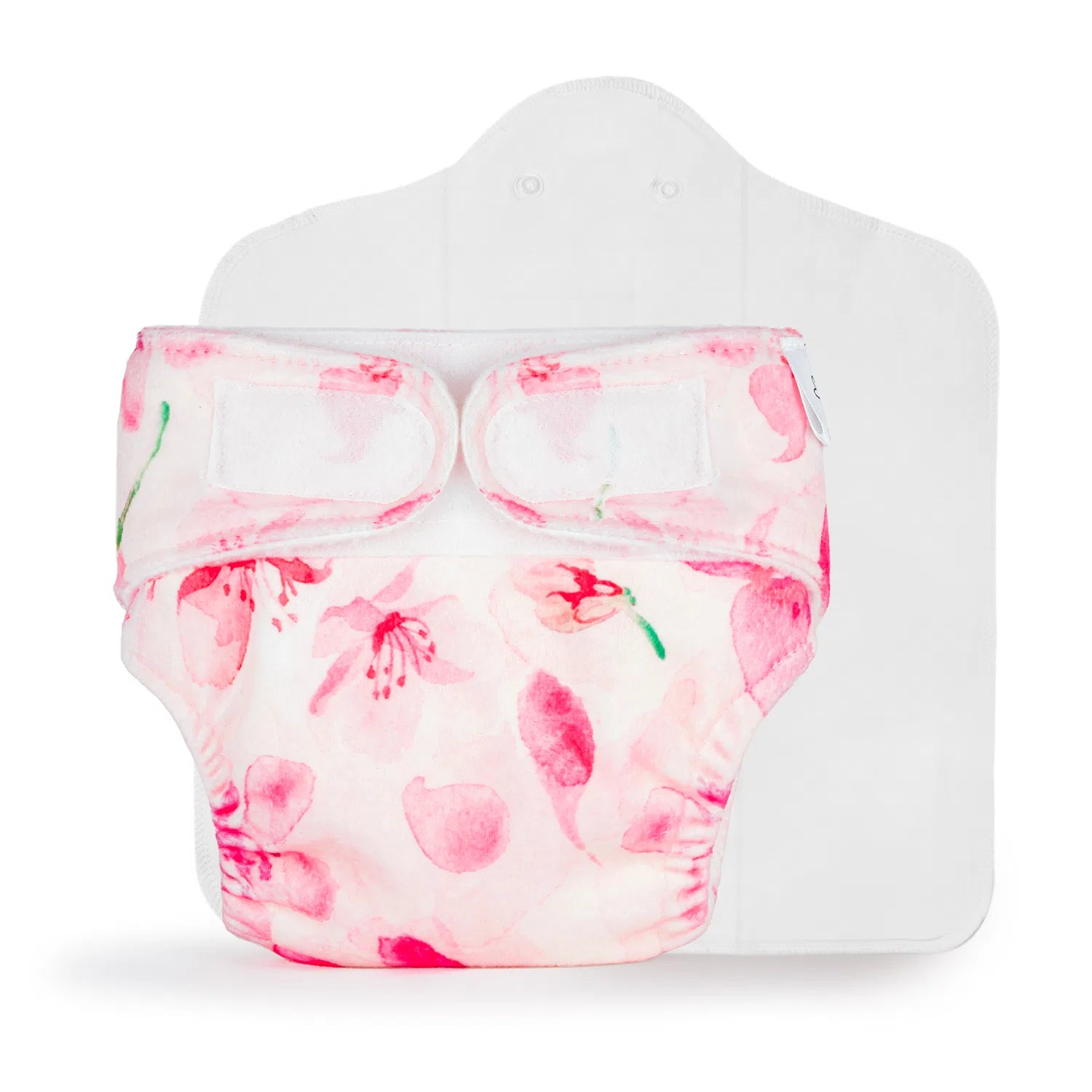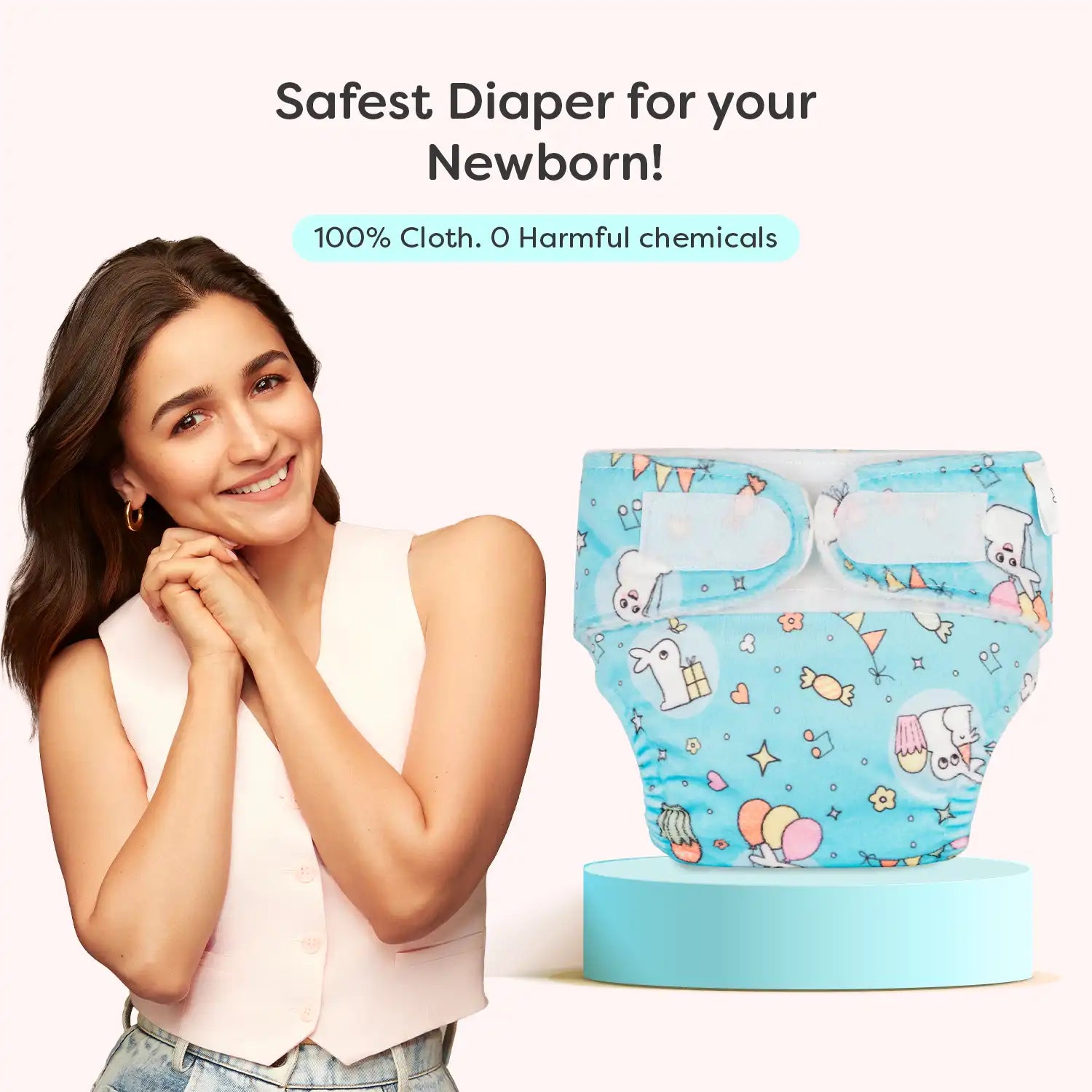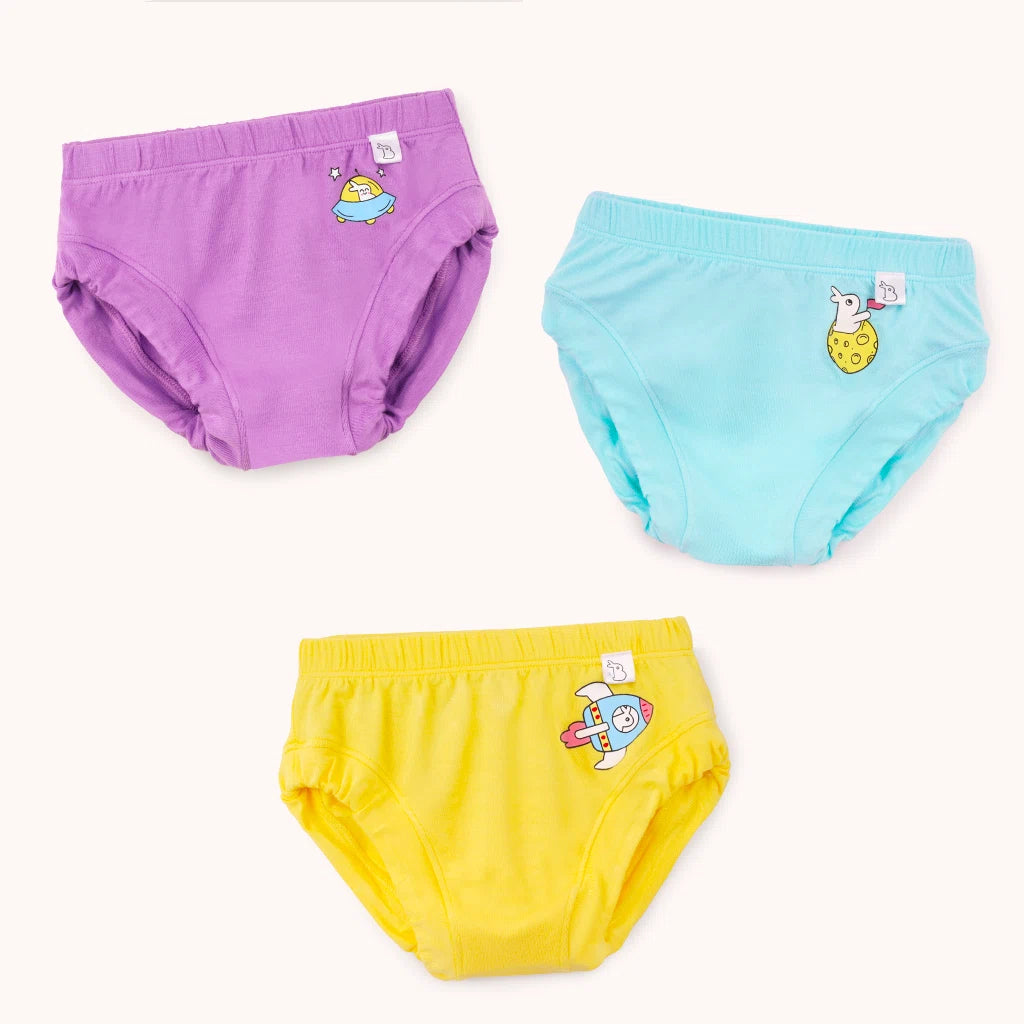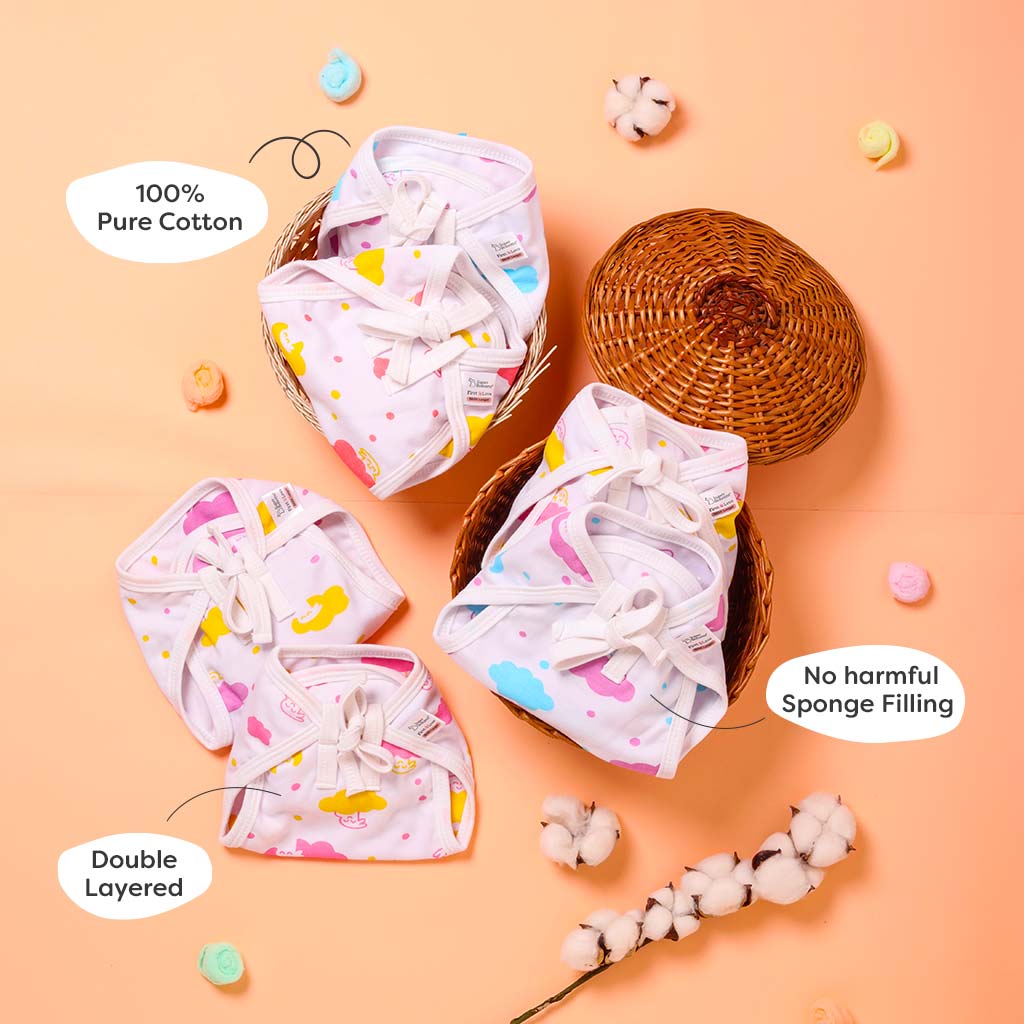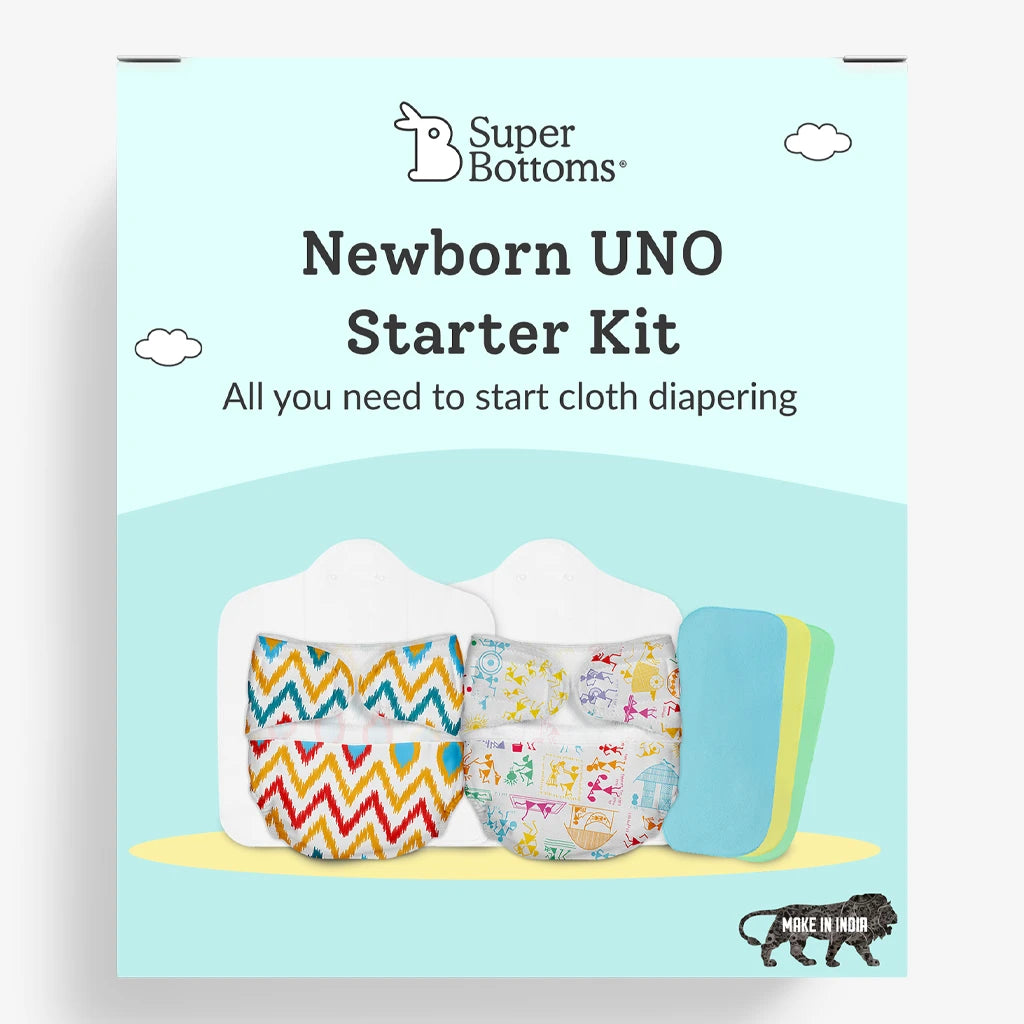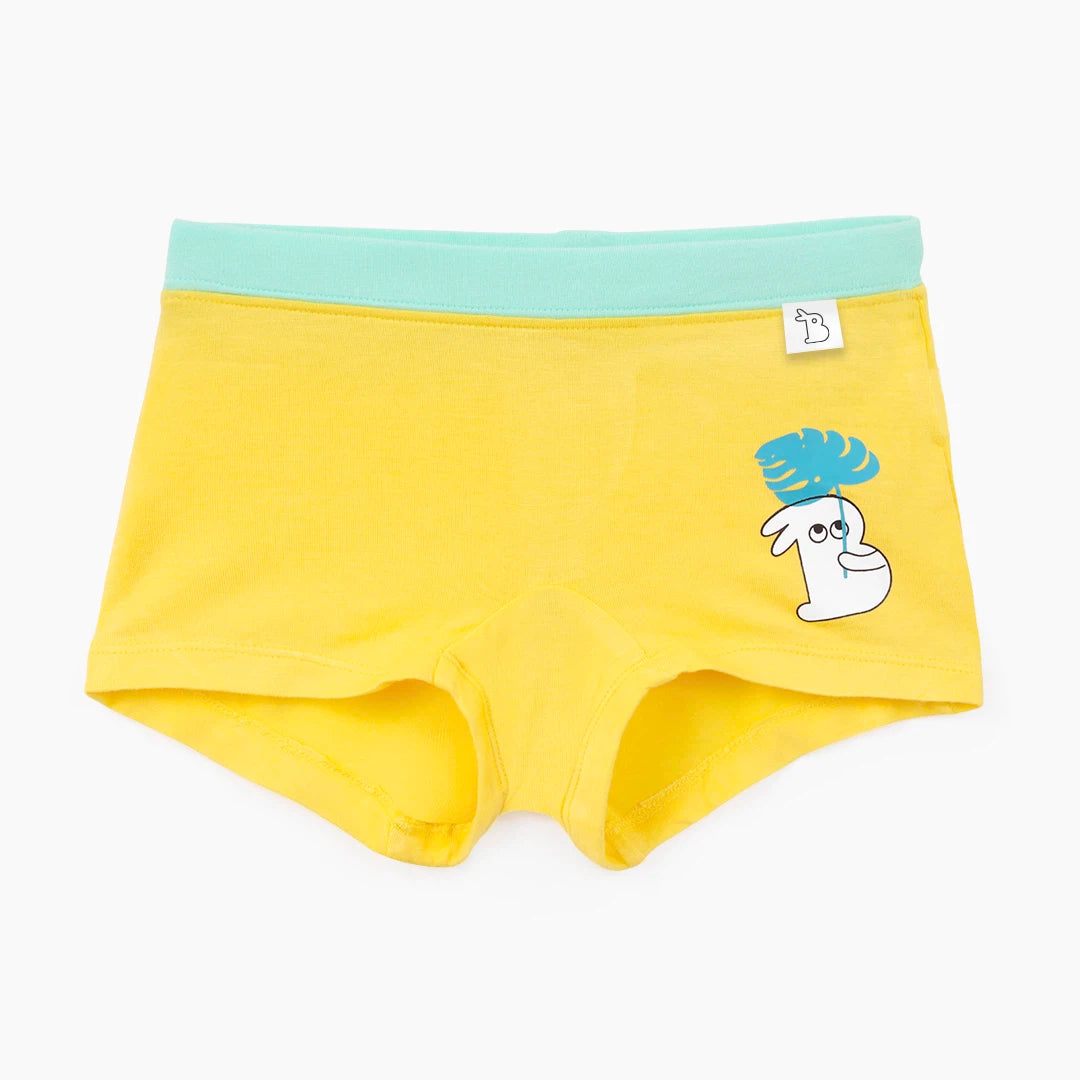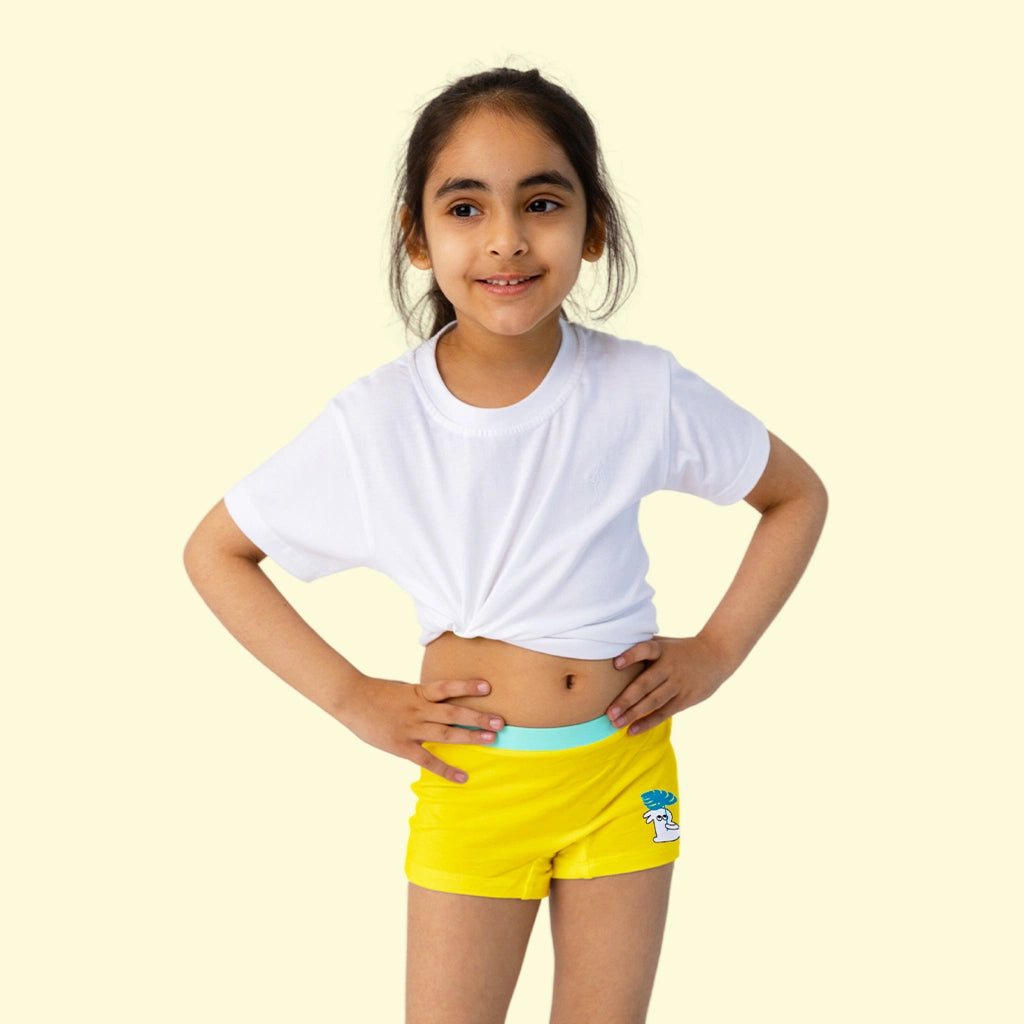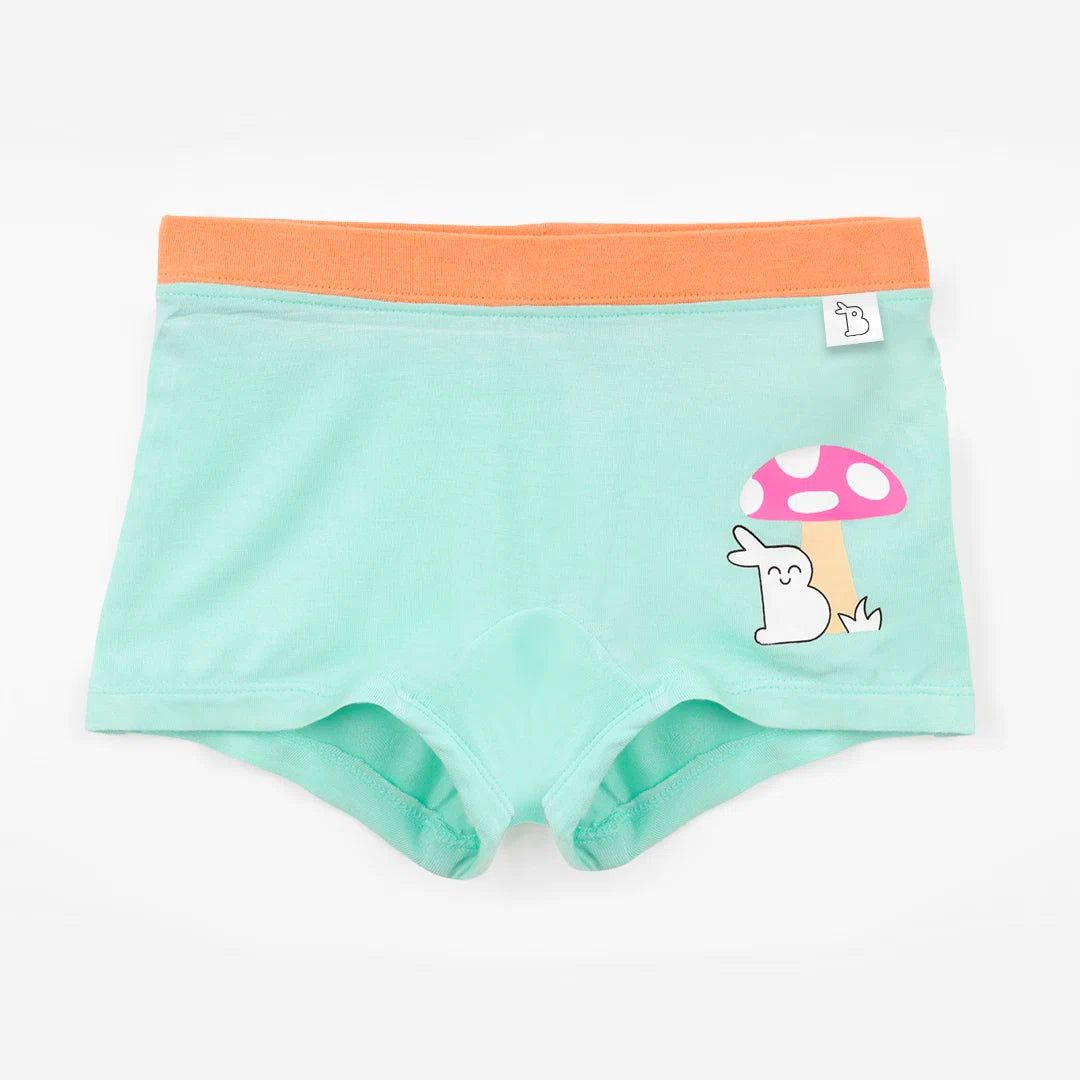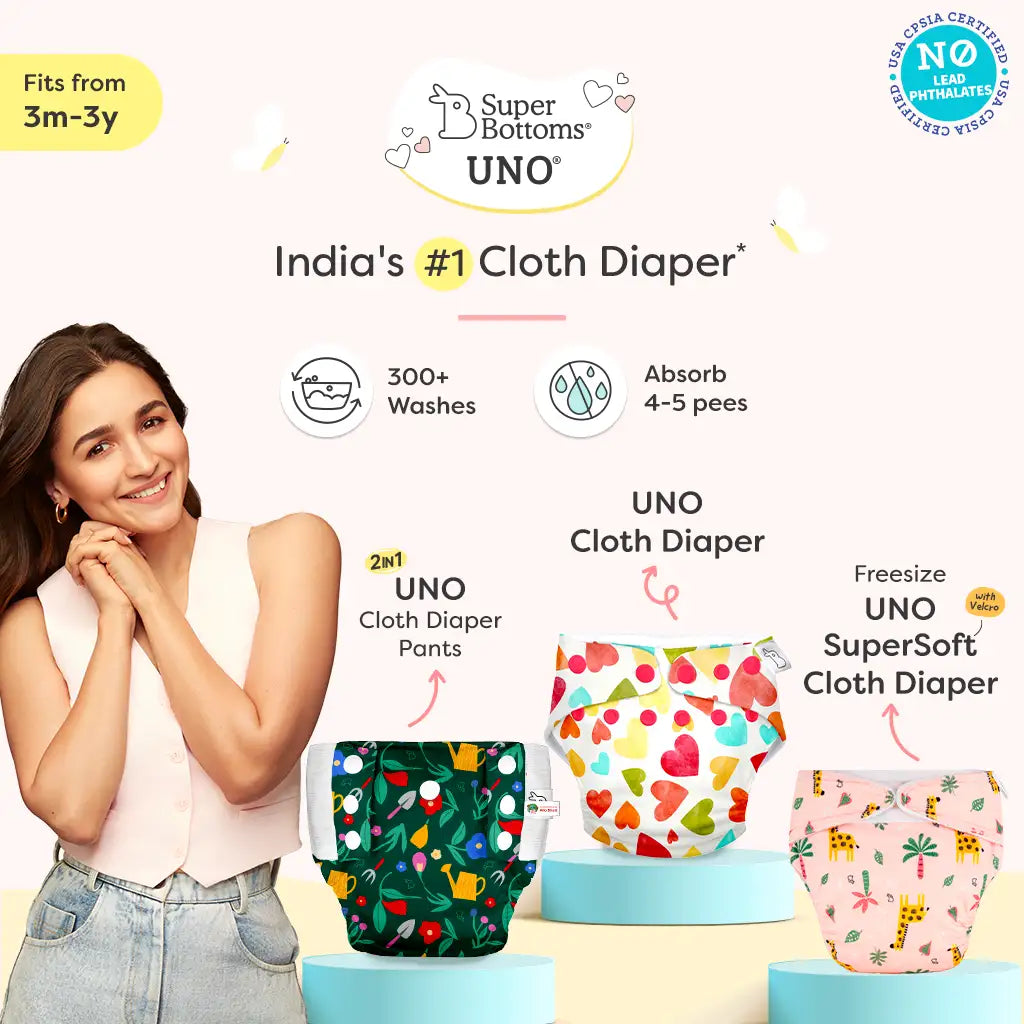• Introduction
• What Is Labour?
• Signs Of Labour Approaching
• Silent Labor Signs Or Early Signs Of Labor
• How Can I Tell True Signs of Labour and False Alarms Apart?
• What Is Preterm Labour?
• Key Takeaways
• Frequently Asked Questions (FAQs)
• MESSAGE FROM SUPERBOTTOMS
As you approach the 40th week of pregnancy, it's natural to start wondering about the signs that labour is 24 to 48 hours away. It's essential to be aware of the early signs of labour, including silent Labour signs, so that you can be prepared for the arrival of your little one.
When the third trimester hits, the nervousness and anticipation of childbirth also kick in. That's why packing your hospital bag and getting ready to go is crucial. Before we discuss the signs labour is 24 to 48 hours away, let's understand labour itself.
What Is Labour?
Labour is the complete process of the child. Labour starts with the contraction of the uterus, which is the main reason moms begin feeling the pain. So, pain is usually the most prominent sign of labour. Then comes the cervical dilation stage, which ends with the baby's delivery. By this time, you should have your hospital bag packed and be ready to rush to the hospital for childbirth.
Signs of Labour Approaching:
As you near the 40-week mark of your pregnancy, it's natural to anticipate the signs of labour, especially if you're 40 weeks pregnant with no signs of labour yet. Here are critical indicators to watch for as labour approaches:
- Solid and frequent contractions: Early signs of labour include regular contractions that grow stronger and closer together. To assess whether these contractions signify labour:
- Are the contractions evenly spaced?
- How long do they last?
- Are they intense?
Active labour is likely imminent if contractions are consistently muscular, lasting 30 to 70 seconds, and occurring 5 to 10 minutes apart.
- Bloody show: The presence of brownish or reddish mucus discharge indicates the expulsion of the mucus plug, signalling the onset of labour.
- Belly and lower back pain: While back pain is common during pregnancy and often alleviated by rest or changing positions, persistent abdominal and lower back discomfort may signify active labour.
- Water breaking: This is a definitive sign that labour has begun—the rupture of the amniotic sac results in a noticeable rush of amniotic fluid from the vagina.
Watch for these signs, and if you experience any, contact your healthcare provider promptly.
Important Note: During labour, it's essential to have some items ready for the baby's arrival. These items can help ensure the baby's comfort, safety, and well-being during and immediately after birth:
- A soft, cosy Dry Feel Swaddle Wrap to swaddle the baby in after birth to help keep them warm and secure.
- Have SuperBottoms UNO Cloth Diapers and gentle XtraHydrating Wipes on hand for diaper changes.
- Pack a few sets of newborn clothes, including onesies, sleepers, and socks, to dress the baby after delivery.
- Have a few burp cloths or small towels on hand to clean up spit-up or other messes.
- If you plan to breastfeed, have SuperBottoms Mustard Seed Pillow and Dry Feel Nursing pads on hand. If you're formula-feeding, bring along bottles, bottle covers, formula and sterilised water.
- It's a good idea to have a bulb syringe or nasal aspirator available to clear the baby's nose if needed, as well as any prescribed medications or medical supplies recommended by your healthcare provider.
Remember to discuss your preferences and any specific needs with your healthcare provider or birthing team before labour begins. They can provide guidance and support to ensure a smooth, safe arrival for your baby.
Silent Labor Signs Or Early Signs Of Labor:
Also known as pre-labour symptoms, there are specific signs of labour pain symptoms you might experience that indicate that labour is near but hasn't begun yet. Here are the signs of labour pain:
- Baby drops: Alabouror approaches, the baby descends into the pelvis, causing relief in lung pressure but increased discomfort in the bladder and lower back. This shift, known as "Baby Drop," indicates the baby's preparation for vaginal birth and is commonly felt by the mother as a noticeable change in pressure and urinary frequency.
- Cervical dilation: During late pregnancy check-ups, your doctor may observe cervical dilation, signalling the onset of labour. This process involves the opening and thinning of the cervix in preparation for childbirth, and regular examinations in the weeks leading up to delivery can provide valuable insights into the progression of labour.
- Physical changes: As labour nears, expect intensified cramps, back pain, and loosening joints due to the hormone relaxin, which prepares the body for childbirth. Relaxin, produced by the placenta, helps to relax the pelvic ligaments and soften the cervix, facilitating the baby's passage through the birth canal. These discomforts are common signs that the body is preparing for birthing and may vary in intensity among individuals.
- Diarrhoea: Relaxin can also lead to pre-labour diarrhoea by affecting the rectum muscles. This loosening effect extends to the gastrointestinal tract, resulting in increased bowel movements and, sometimes, diarrhoea. While uncomfortable, this symptom is a regular part of the body's preparation for childbirth and is often accompanied by other signs of impending labour.
- Weight loss: Towards the end of the third trimester, water loss from diarrhoea and frequent urination may cause a slight weight reduction. As the body prepares for labour, it undergoes various physiological changes, including shedding excess fluids. As the due date approaches, this can result in a minor decrease in body weight, typically up to a kilogram or two.
- Fatigue and nesting instinct: A surge in fatigue and the nesting instinct, characterised by a drive to prepare the home, typically precedes labour by a day or two. As the body gears up for the demands of childbirth, many expectant mothers experience increased fatigue and a strong urge to organise and clean their surroundings, known as nesting.
While these symptoms may be tiring, they often serve as psychological and physiological cues that labour is imminent, prompting expectant parents to finalise preparations for their baby's arrival.
How Can I Tell True Signs of Labour and False Alarms Apart?
Sometimes, what you might assume to be early signs of labour or silent labour signs at 37 weeks or earlier can be just Braxton hicks contractions. They feel just like Labour, but are a false alarm. On the other hand, some women experience frequent Braxton hicks contractions in the final weeks before actual signs of labour are approaching. Here is how you can tell the two apart:
| Basis | Actual Labor | False Alarm (Braxton Hicks) |
| How regular are the contractions? | REGULAR
The contractions are regular and last 30 – 70 seconds each. |
They are irregular and do not get closer each time. They usually happen after exhausting physical activity. |
| How strong are the contractions? | STRONG
The contractions keep getting stronger over time, making it difficult for you to walk or talk. |
NOT STRONG
They are painful but do not get stronger over time. They reduce if you take a walk or change position. |
If you have had false labour, it is the right time to start doing exercises to have a vaginal delivery, as these exercises will help you create a flexible body for childbirth. And if you are 40 weeks pregnant and have no signs of labour, you can also try some safe exercises to induce labour.
|
Limited Time Offers + Special Gift Sets! Now or never Super SALE is live on the SuperBottoms website! Take advantage of unbeatable value deals on our UNO Cloth Diapers, Baby Essentials, and more. Looking for the perfect present for a newborn or a toddler? Explore our thoughtfully curated Gift Sets & Combos — safe, skin-friendly, and oh-so-cute! A bundle of love for little ones and a delight for parents. HURRY — Deals and Gift Packs are live only till stocks last. Don’t miss the chance to stock up and share the joy! |
What Is Preterm Labour?
Preterm labour occurs when contractions and the onset of labour happen before the 37th week of pregnancy, affecting about 10% of pregnancies. While most pregnancies progress to full term, it's essential to recognise signs of preterm labour and promptly contact your gynaecologist if you experience them before the 37th week.
Despite the natural concerns about labour and childbirth, remember that your body has been preparing for this event throughout the nine months of pregnancy. Take this time to minimise stress and embrace the journey of bringing new life into the world. You've got this, mamma!
KeyTake Recognise
- cognise common signs of approaching labour, such as contractions, backache, water breaking, and bloody show.
- Prepare a birth plan outlining preferences for pain management, delivery method, and who will be present during delivery.
- Stay calm, breathe deeply, and trust your body's ability to give birth during labour, knowing it's a temporary phase leading to the arrival of your baby.
Frequently Asked Questions (FAQs)
Q1. What are the common signs of labour approaching that indicate that the delivery time is almost here?
Ans. Common signs of labour that indicate the delivery is almost here include contractions, backache, water breaking, and bloody show.
Q2. When should I notify my healthcare provider about my early signs of labour?
Ans. It's essential to notify your healthcare provider if you experience any labour signs. This will allow them to monitor your progress and provide any necessary support.
Q3. Is White Discharge A Sign Of Labor?
Ans. White discharge is common during pregnancy, but it's not a direct sign of labour. However, changes in discharge near delivery, along with other symptoms such as contractions or the 'bloody show,' may indicate that labour is approaching.
Message from SuperBottoms
Hi there, new parents! SuperBottoms brings you doctor-recommended cloth diapers — the best rash-free diapering solution for your baby’s sensitive and delicate skin. Unlike disposable diapers loaded with chemicals, our newborn cloth diapers, when used and washed properly, can help eliminate the risk of diaper rashes. SuperBottoms offers a wide range of safe, skin-friendly essentials for the whole family — including Reusable Cloth Diapers, Diaper Pants, DryFeel langots for diaper-free time, Padded Underwear for potty training, SuperSoft Underwear for everyday comfort, Joggers for playful days, and Period Underwear for women. Not just for everyday use, SuperBottoms products also make the best gifting choice for babies — thoughtful, eco-friendly, practical, and loved by parents. Now available on Amazon, Myntra, Flipkart, FirstCry, Zepto, Swiggy and Blinkit





